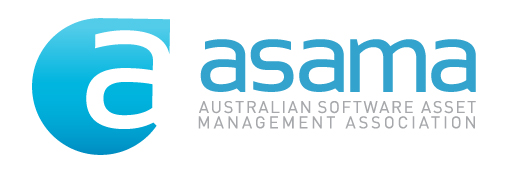At some point in time, there will be a need to revisit how your SAM team is
structured. This restructure will include the teams roles and responsibilities, its engagement with other
teams and internally within the team, its charter within the organisation, its performance and reporting.
Triggers that initiate these types of reviews may be due to the loss of key staff, shrinking or expanding
budgets, team performance, a new organisation charter or possibly due to the ‘its time’
factor.
Unless the change is a small tweak
to the existing SAM team, most team changes need to follow a proven method to ensure success. The difference
between these team changes is normally govern by the scope of change which results in the amount of effort
and time to complete being different. The scope of change will be determined by how much the team needs to
change, the team’s ability to change, the team members experience in undertaking change and the team members
attitude to change. All of these variables need to be taken into account when planning the scope of change
and the subsequent activities, taskings and timelines for the change.
Planning the change is very
important before commencing other activities. In general activities need to be undertaken in a certain
order, as some activities are reliant on the initiation or completion of other activities. The plan needs to
be realistic to match the budget, the availability and the capability of the people who will be undertaking
the activities. Understanding the balance between businesses as usual activities, the availability of key
people and the change activities will assist in planning a realistic timeline of when activities are to
commence and to be completed by. If the budget permits, the recruiting of additional skilled resources will
take the pressure of the SAM team in undertaking both roles and should result in a much shorter timeline in
implementing the desired state. The planning activity should utilise a proven project management
methodology.
From a high level summary, the
major change activities are determining the vision, strategy, roles and responsibilities, impact
assessments, communication plan, issue management, monitoring and reporting. Vision provides an
understanding of where we want the end state to be, what the SAM team look will like, the products and
services the SAM team will provide. Strategy is how we get to the vision state from where the SAM team is
today. Roles, responsibilities and accountabilities must be clearly defined and assigned to SAM team
members. An impact assessment should provide an insight on how the business and the people will be affected
by the change, both during the journey of change and from its final desired state. The impact assessment
should list both positive and negative impacts. The communication plan should include the strategy on how
communication will be delivered on time, be accurate, persistent with clear and understandable messages.
Issues that arise during the change should be documented and addressed as quickly as possible. How the
change will be monitored and reported on will provide visibility to the SAM team change process and ensure
that strong governance is applied to this change process.
There will be obstacles to the SAM
team change. The more common obstacles that will be encountered will be: lack of proper planning, resistance
from SAM team members, key staff turnover during the project, ineffective communication, lack of senior
sponsor from the executive and insufficient budget.
In summary, to implement change in
your SAM team takes considerable thought, effort and support over a long period of time. All SAM teams will
need to undergo a change at some point, the ability to successfully change the SAM team will ensure they
remain valued and relevant in an organisation.
(IE Printing: - There are known IE printing problems that affect certain printer brands and
printer types; Chrome and Firefox have no reported issues.)


